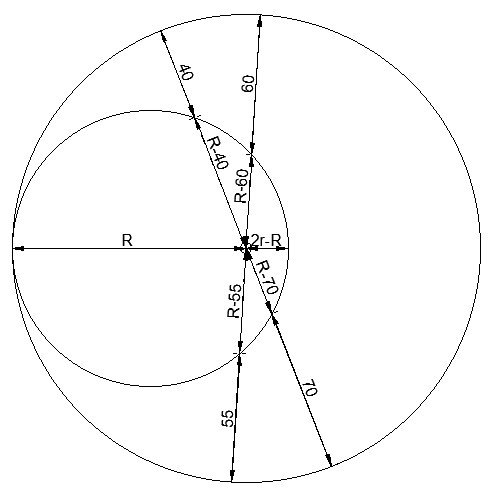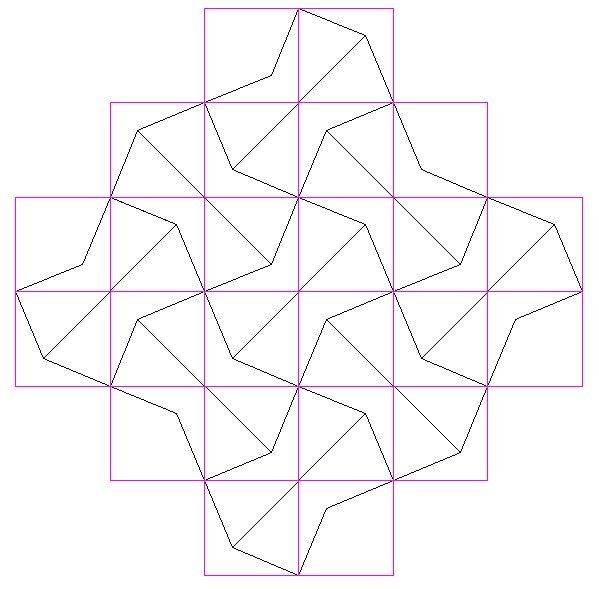If we say that class B has ‘x’ girls, and class C has ‘y’ boys, then class A has 2x girls and 4y boys. Also, we are told that class C has 2 more girls than class B has boys, but since the classes are equal that means class B has 2 more girls than class C has boys. So x = y+2. Class A has 2(y+2) girls and 4y boys, so 6y+2 students in total. Again since all classes are equally sized, class B has y+2 girls and therefore 5y+2 boys, and class C has y boys and therefore 5y+4 girls. In total there are 8y+10 girls and 10y+2 boys. Since we are told these numbers too should be equal, y=4.
Therefore class A has 12 girls and 16 boys, class B has 6 girls and 22 boys, and class C has 24 girls and 4 boys. There are 84 students in total.












